Major ore changes, item drop QOL fixes, better explosions, and more.
 It's not live yet, and I'm working on a few different iterations, but basically what I'm going to do is have some 'hot spots' on the node you can see in certain light conditions or with the miner hat which grants you a bonus upon finishing the node. I'll probably have them chain together, so if you do a good job at smashing them all you'll receive more in the end. I feel little things like this will go a hell of a long way in reducing the mundane nature of gathering resources in Rust (colliqualy known as grinding).
That's all for now, stay tuned. Try not to act like the game is ruined and just trust us. Please?
It's not live yet, and I'm working on a few different iterations, but basically what I'm going to do is have some 'hot spots' on the node you can see in certain light conditions or with the miner hat which grants you a bonus upon finishing the node. I'll probably have them chain together, so if you do a good job at smashing them all you'll receive more in the end. I feel little things like this will go a hell of a long way in reducing the mundane nature of gathering resources in Rust (colliqualy known as grinding).
That's all for now, stay tuned. Try not to act like the game is ruined and just trust us. Please?
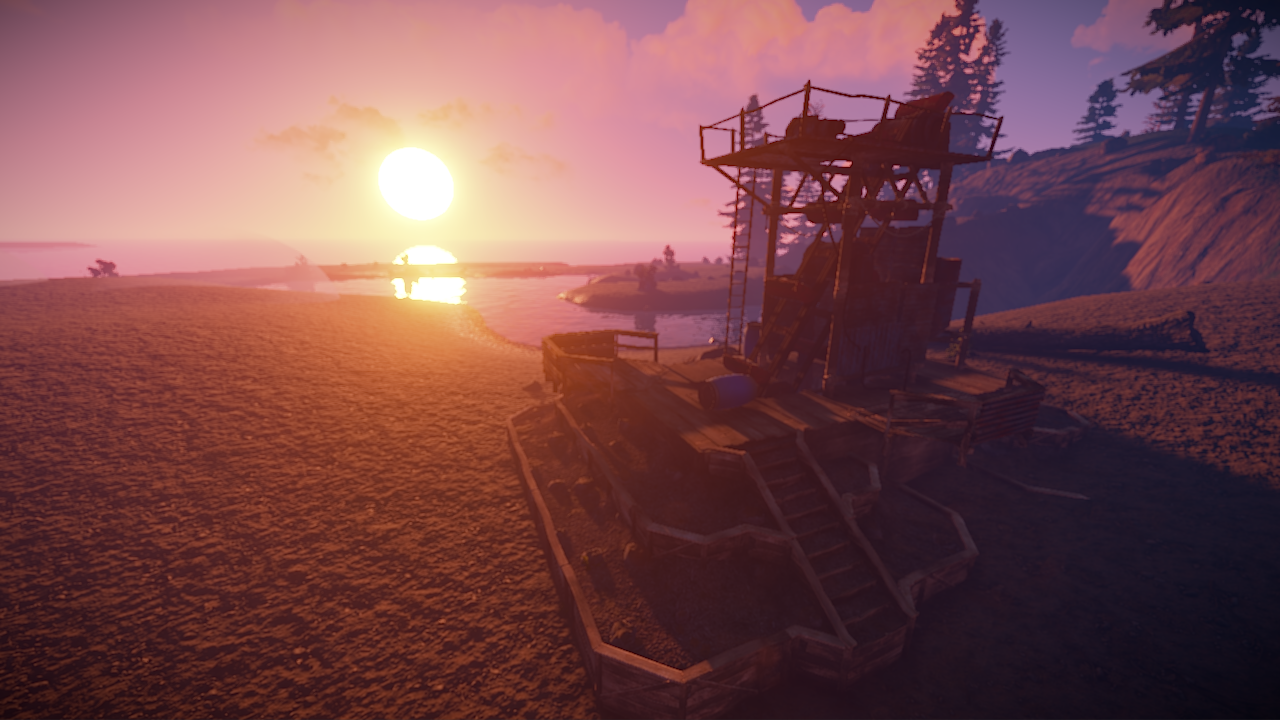
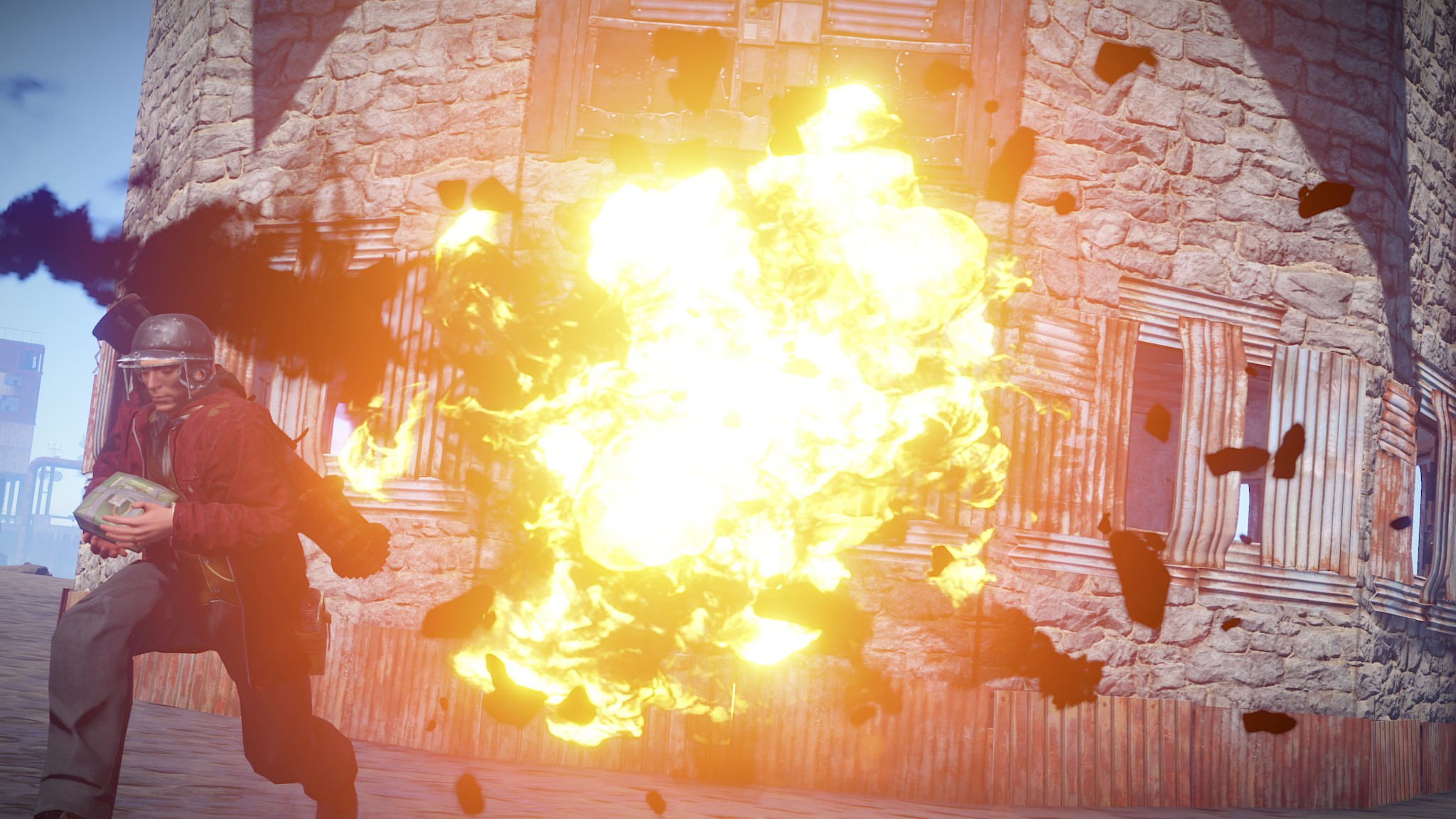
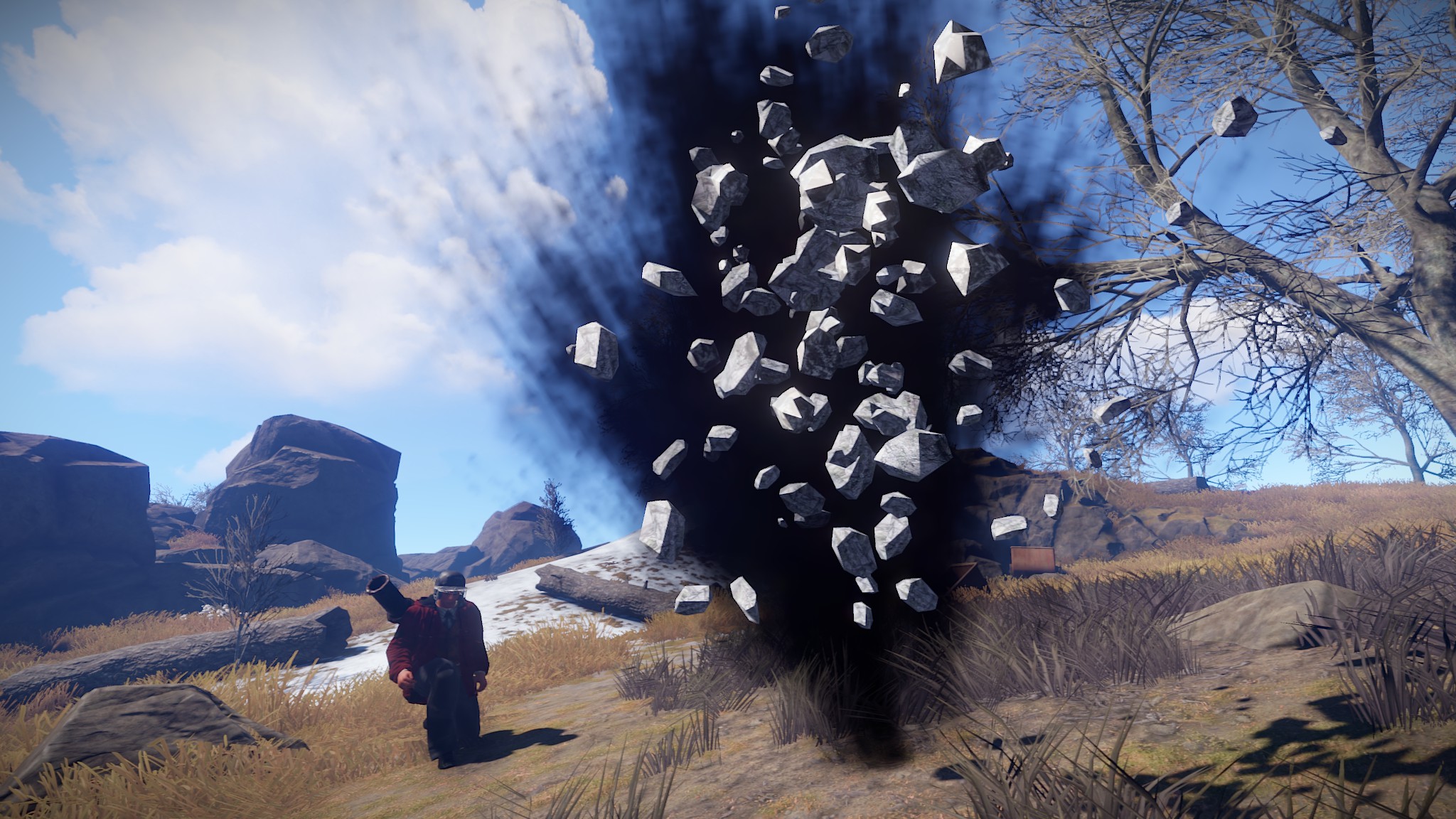

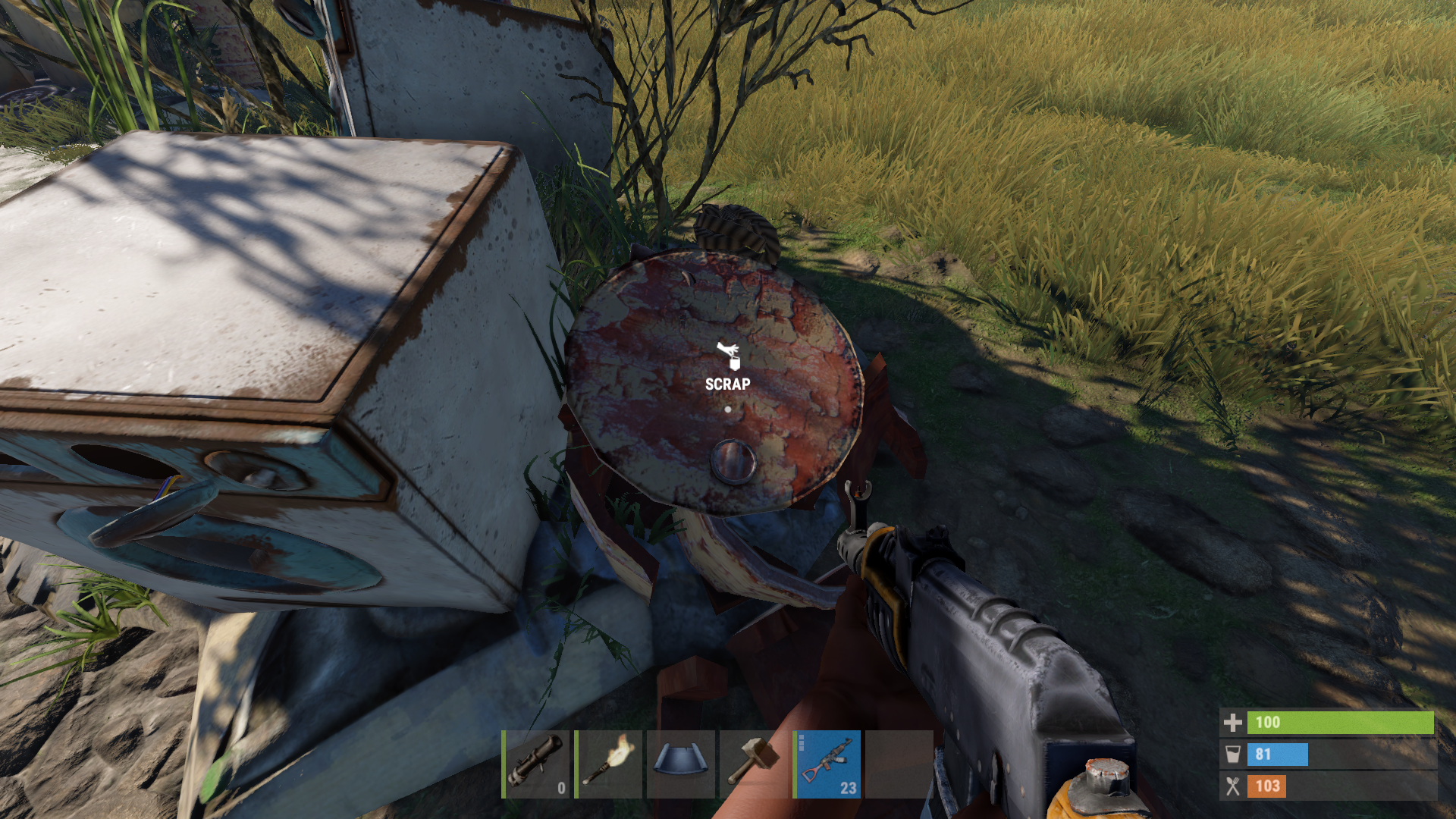 With dropped items staying around much longer than before we decided that it would be a good idea to change corpses and storage boxes as well. They now drop a backpack or pouch with all their items in it when destroyed, instead of spewing dozens of items all over the place. This reduces the performance impact since the backpack is much cheaper to render than a ragdoll, and both the backpack and the pouch are only a single physics object to simulate. This allows us to keep them around much longer. In fact, the despawn time on the backpack and pouch is as long as the despawn time of the most valuable item they hold.
With dropped items staying around much longer than before we decided that it would be a good idea to change corpses and storage boxes as well. They now drop a backpack or pouch with all their items in it when destroyed, instead of spewing dozens of items all over the place. This reduces the performance impact since the backpack is much cheaper to render than a ragdoll, and both the backpack and the pouch are only a single physics object to simulate. This allows us to keep them around much longer. In fact, the despawn time on the backpack and pouch is as long as the despawn time of the most valuable item they hold.
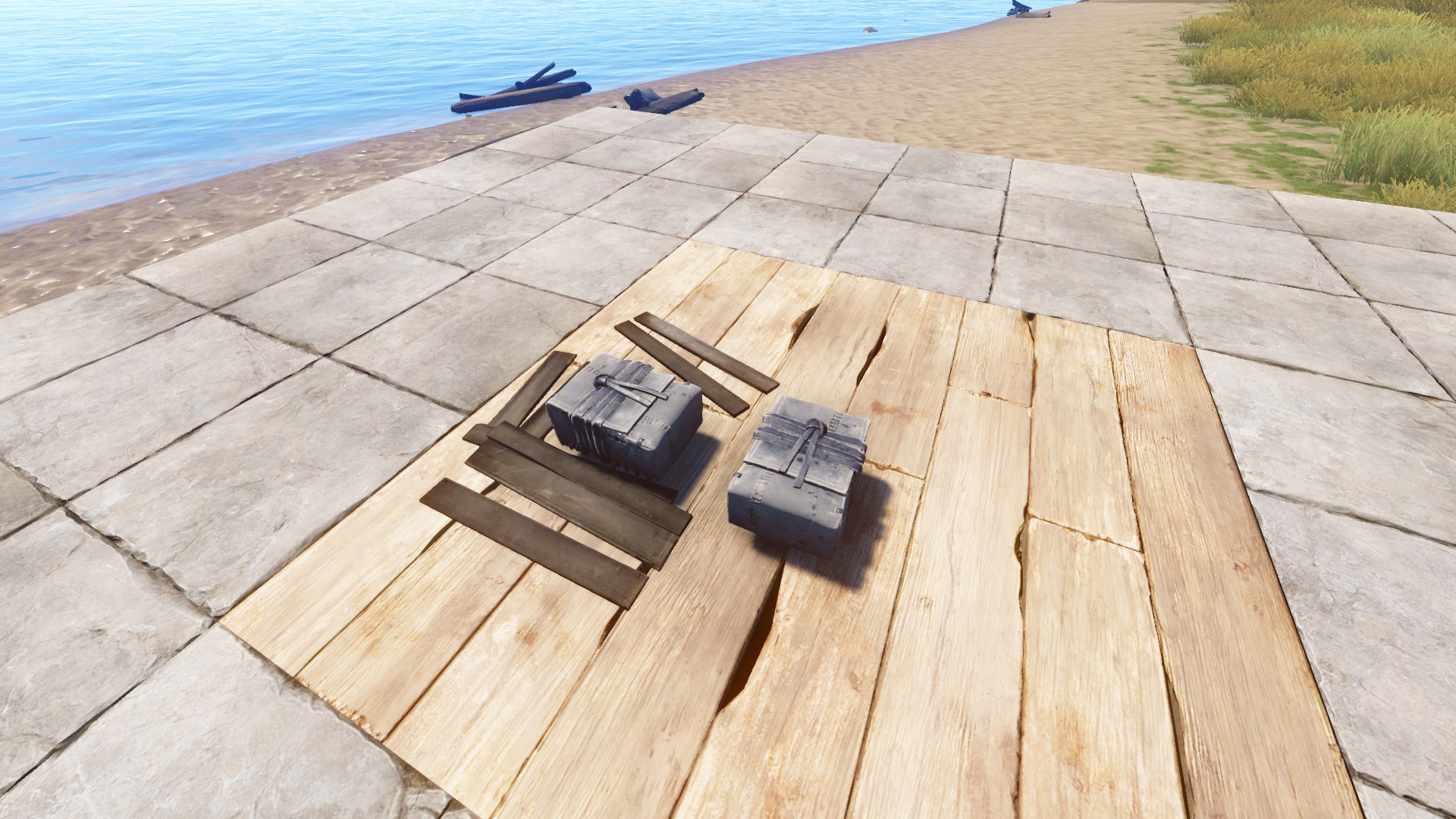
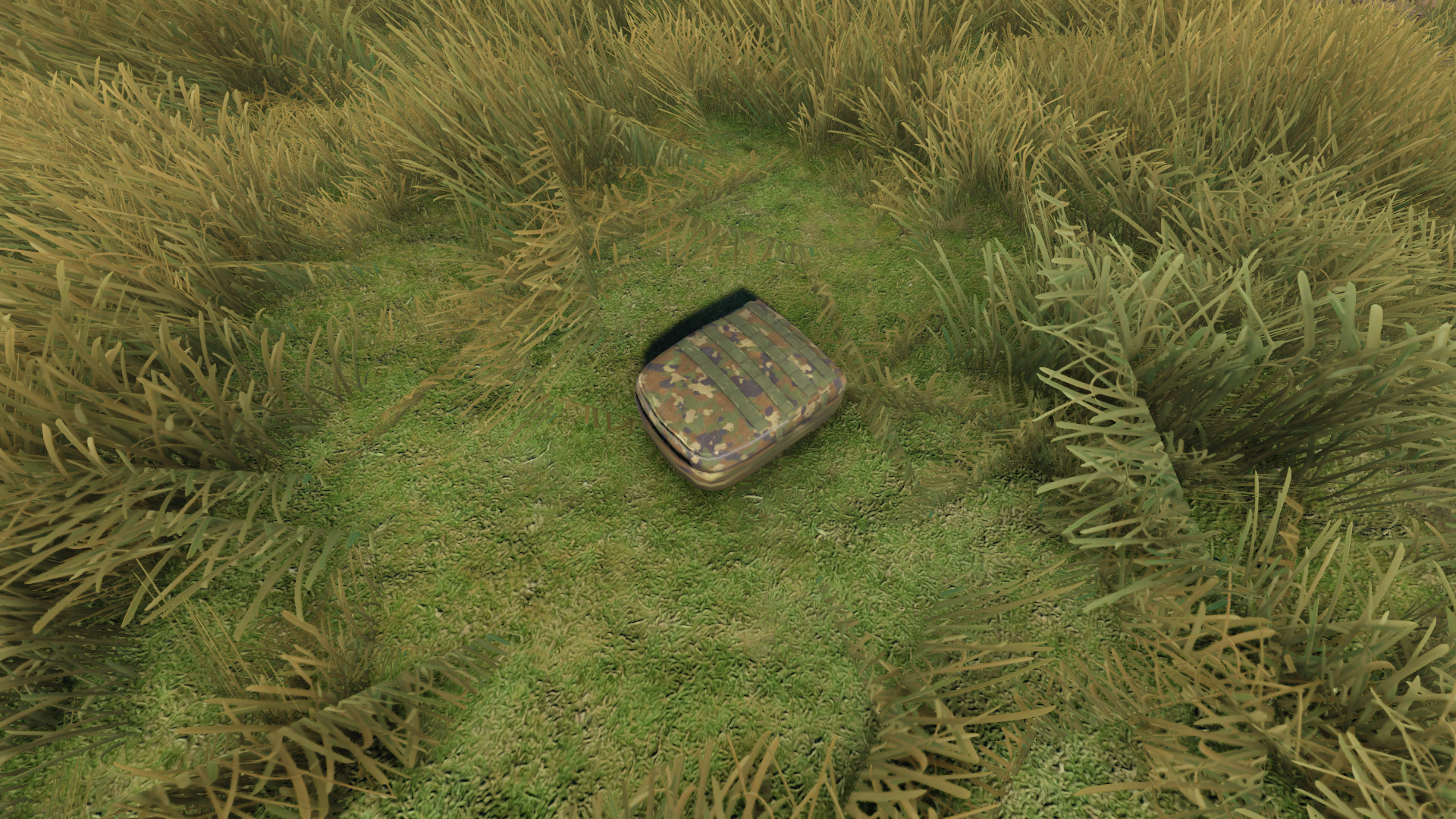
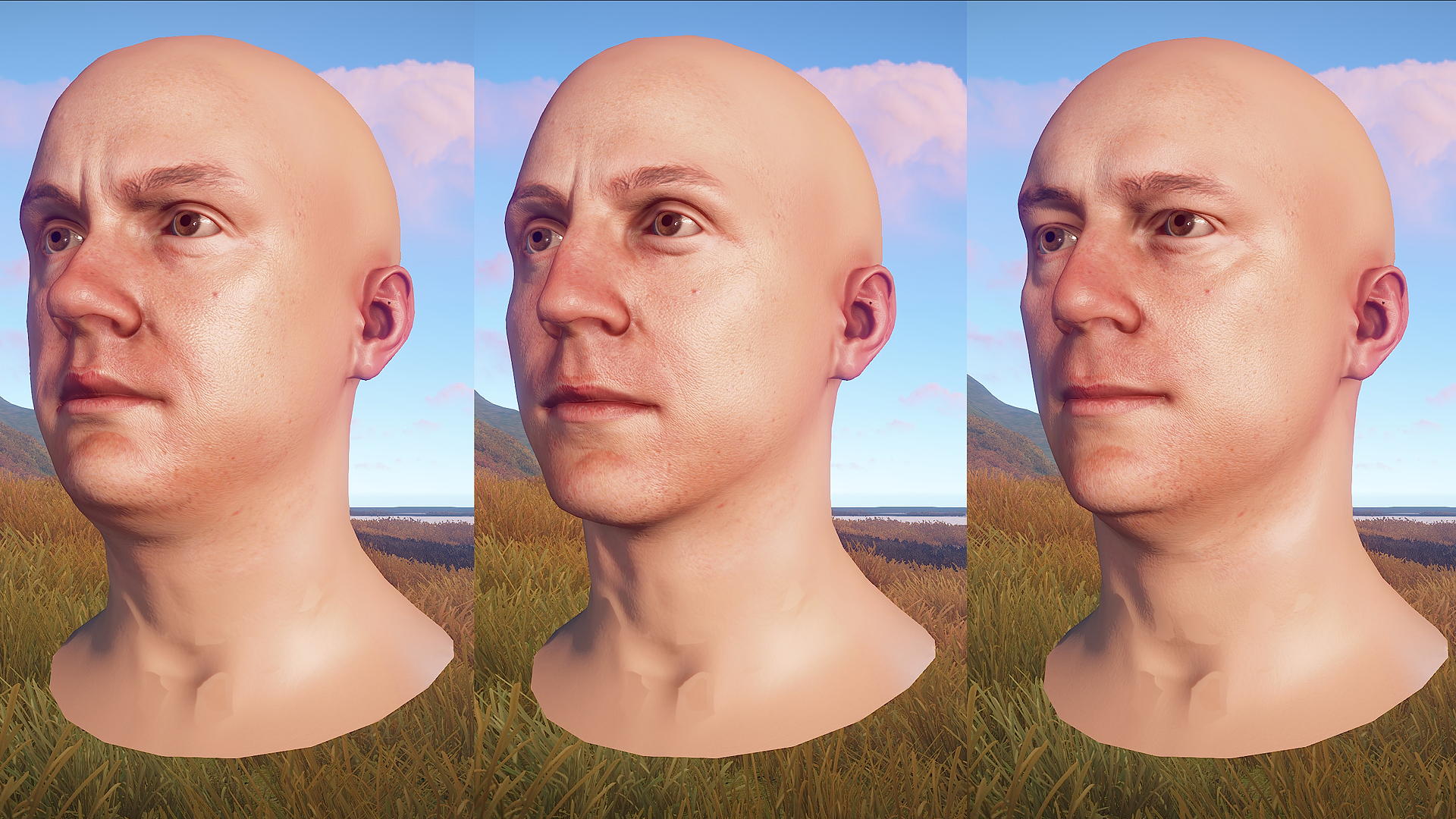
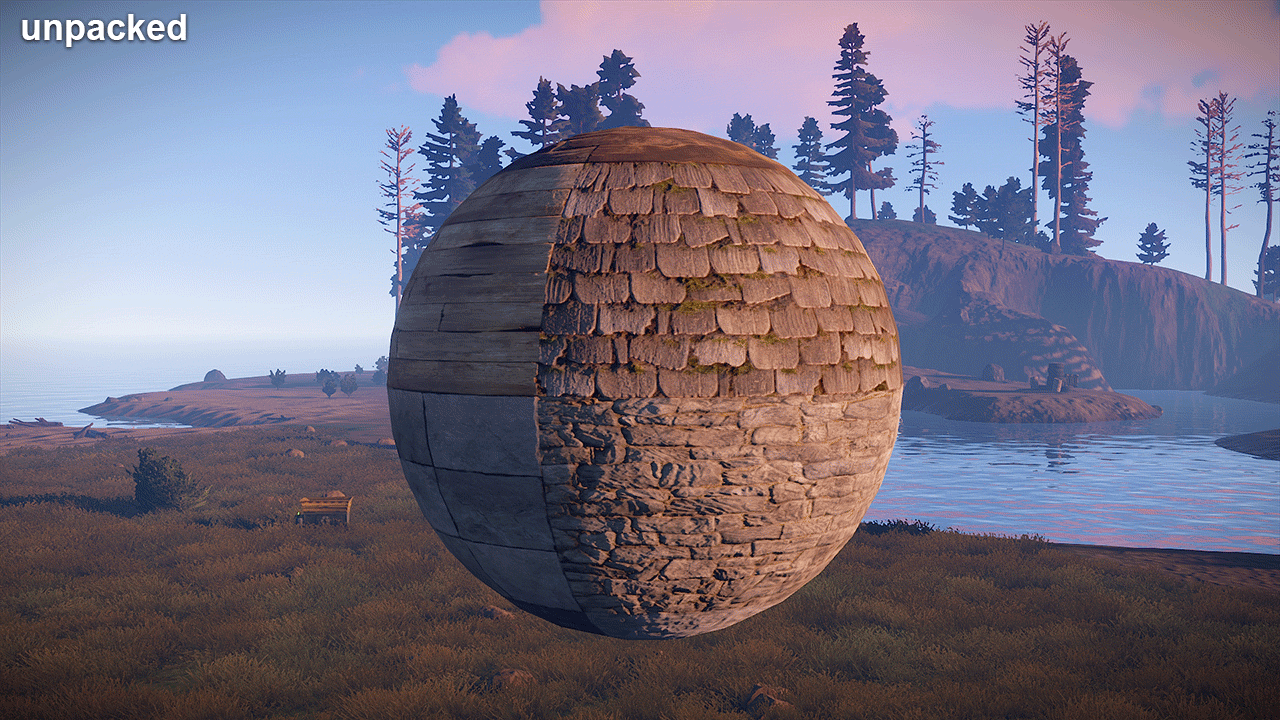 They look very similar, even though packed version can take up to 35% less memory, in its current state. In some cases it might even end up looking better due to the fact that we can now use custom, more accurate rescaling filters.
Packing textures in bulk will allow us to have final-pass optimization control over the regular textures. In the example above, the most important packed map, which contains albedo, has a max anisotropic value of 16 while the second packed map (normal) is capped at 4. In the vast majority of cases you won't be able to tell the difference and boost can be quite significant at a very small visual cost.
A quick analysis showed we can save up to 20%, on both system and video memory, by packing our standard materials. Other material types may yield more or less than that.
Performance-wise, we're looking at a decent reduction in texture bandwidth requirements, that ultimately benefit low-end GPUs. At the lowest anisotropic value (1), the improvement on those materials, can go up to 10% depending on how many pixels fill the screen. This number inflates to 66% when anisotropic is set to highest (16). Results were measured on a GTX 960.
More impressively, by packing we can nearly halve the total number of textures used, on supported materials. This means the CPU will be doing a lot less work when binding materials during rendering.
Right now the process is manual and, since it's in early testing stages, still requires some oversight. I'll be rolling out a couple of packed materials for testing during next week, and should be able roll out dozens more the week after, if all goes as planned. These changes will arrive incrementally and, hopefully, seamlessly.
They look very similar, even though packed version can take up to 35% less memory, in its current state. In some cases it might even end up looking better due to the fact that we can now use custom, more accurate rescaling filters.
Packing textures in bulk will allow us to have final-pass optimization control over the regular textures. In the example above, the most important packed map, which contains albedo, has a max anisotropic value of 16 while the second packed map (normal) is capped at 4. In the vast majority of cases you won't be able to tell the difference and boost can be quite significant at a very small visual cost.
A quick analysis showed we can save up to 20%, on both system and video memory, by packing our standard materials. Other material types may yield more or less than that.
Performance-wise, we're looking at a decent reduction in texture bandwidth requirements, that ultimately benefit low-end GPUs. At the lowest anisotropic value (1), the improvement on those materials, can go up to 10% depending on how many pixels fill the screen. This number inflates to 66% when anisotropic is set to highest (16). Results were measured on a GTX 960.
More impressively, by packing we can nearly halve the total number of textures used, on supported materials. This means the CPU will be doing a lot less work when binding materials during rendering.
Right now the process is manual and, since it's in early testing stages, still requires some oversight. I'll be rolling out a couple of packed materials for testing during next week, and should be able roll out dozens more the week after, if all goes as planned. These changes will arrive incrementally and, hopefully, seamlessly.